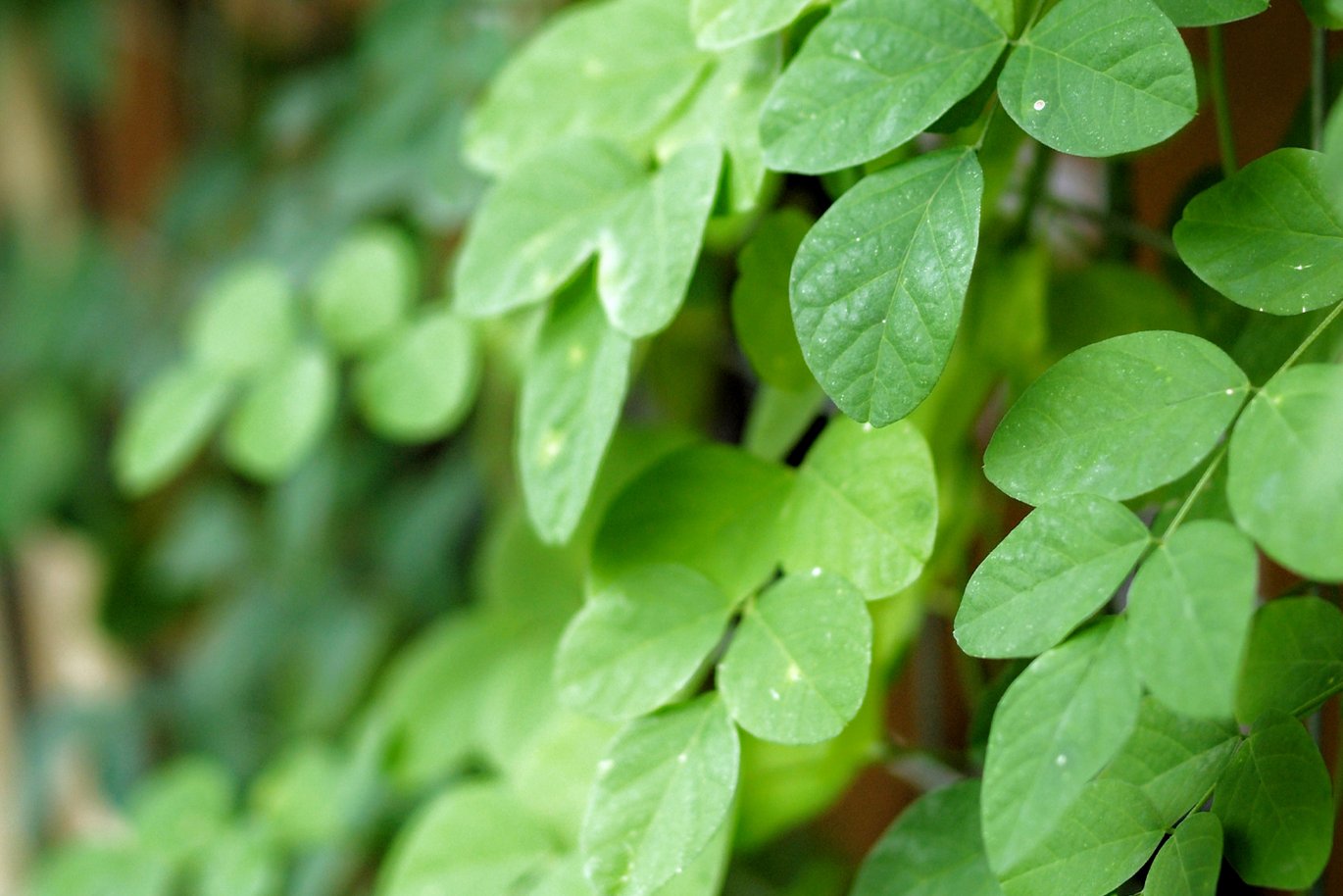Can we design better leaves than nature?
Why do leaves look the way they do? And can we manufacture artificial leaves that are even better at photosynthesis than those that nature has developed over millions of years? A new research project links biologists and engineers from several parts of the world to delve deep into the evolution of foliage.

Green plants use sunlight to convert carbon dioxide from the air into energy needed to grow: an atmospheric carbon capture that primarily takes place in the leaves. Over millions of years, leaves have evolved to optimize this process and simultaneously withstand wind and weather, gravity, and grazing herbivores.
But has evolution done the job well enough? Are the leaves of modern age plants optimized in all aspects, or can we humans give evolution a push? Can we design artificial leaves that do the job even better, or maybe even give nature an evolutionary nudge along the way?
That is the purpose of a new interdisciplinary research project that brings together biologists and engineers from Canada's McGill University, America's Yale, Britain's Imperial College and Aarhus University, Denmark. The project, titled "The Architecture of Photosynthesis", is supported by the Human Frontier Science Program (HFSP) with approx. DKK 10.3 million (USD 1.5 million).
"Despite a great deal of research, it has long been a difficult challenge to understand how plants combine the optimization of leaf structure for both light capture and photosynthetic activity with the architectural stability needed to resist gravity and wind," says Assistant Professor Matteo Pezzulla, head of the Slender Structures research group at Aarhus University's Department of Mechanics and Production, who leads the Danish part of the project.
The evolutionary architecture of leaves is, at millimeter scale, a sandwich structure consisting of stiff epidermal face sheets separated by a softer core of spongy tissue that performs photosynthesis, called mesophyll. The flat outer shape of most plant leaves is designed for optimal exposure to sunlight.
Extensive research has focused on the architecture of leaves and the strengthening structures that enable them to resist damaging forces, however research has neglected to explain how the mesophyll maintains its structural integrity and optimizes the exchange of gases to support photosynthesis. This project aims to correct this:
"Leaves have to maintain their structural integrity while optimizing the exchange of gases for photosynthesis with a thin, porous and yet strong structure. We will study this central structure more closely and look at both the micro and macro mechanics of the leaves' structure: is the natural leaf design optimal in relation to the biological processes it must be able to carry out, or can the design be improved? If we better understand how to optimize in relation to photosynthesis, we might be able to conceive plants that are more resistant under rapidly changing environmental conditions, or use that knowledge for biomimetics," says Matteo Pezzulla.
He continues:
"This project is a perfect example of why it is so important to bring technology and engineering into play to solve problems within other disciplines."
The project is a research collaboration between the universities McGill, Yale, Imperial College and Aarhus University. The project starts at the end of 2023 and runs for three years.
Contact
Assistant Professor Matteo Pezzulla
Aarhus University, Department of Mechanical and Production Engineering
Mail: matt@mpe.au.dk
Tel.: +4520697522
